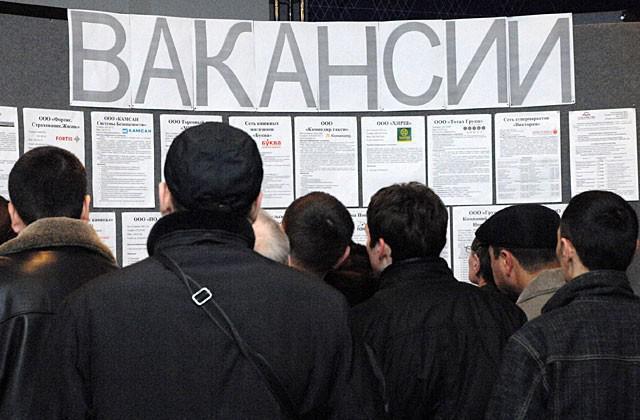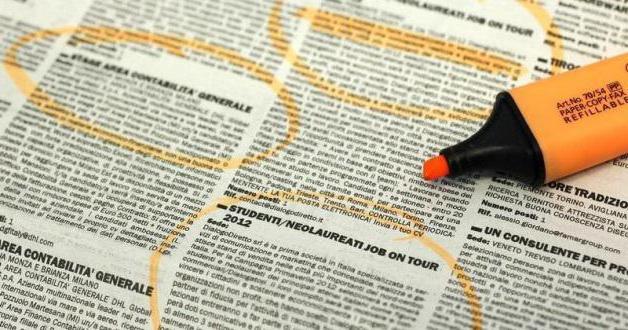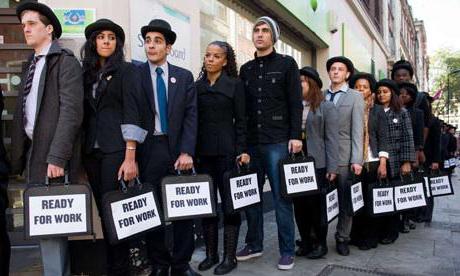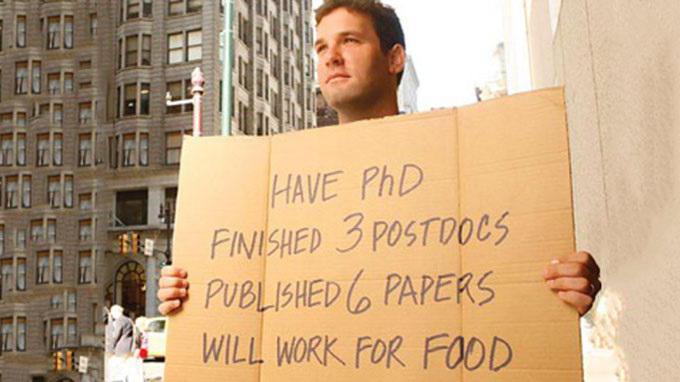Unemployment is an integral attribute of a market economy. It is a state where part of the working population is looking for work, but cannot find it. For the economy, this means that the available resources are not fully utilized, so a percentage of the gross product is lost.

Institutional unemployment occurs when national labor market organized inefficiently. Suppose information about new vacancies is difficult to obtain. This leads to the fact that part of the population remains on benefits, although it could successfully apply their abilities. In addition, institutional unemployment leads to the fact that the state budget loses part of the possible income from income tax.
The concept
Institutional unemployment is a phenomenon in the economy that is associated with imperfections in the organization of the labor market. There are two categories of reasons: legal and infrastructural. For example, a national government setting high social benefits may increase unemployment rate. This is due to the fact that people have extra time to search. Thus, we have frictional and institutional unemployment in the short and medium term.

Formation history
There are two approaches to controlling unemployment. Keynesians insist on regulating the labor market through the Phillips curve, but after the recession of 1969-1971 the pattern stopped working. In order to explain this situation, the concept of frictional and institutional unemployment was needed, Milton Friedman introduced it into scientific circulation. He took as a basis the model of the Walras clean market. In it, unemployment is exclusively voluntary. Friedman went even further. In his model natural unemployment - This is institutional unemployment plus frictional.

The first includes changes associated with the relocation or acquisition of a new specialty. Institutional unemployment, according to Friedman, arises from the functioning of trade unions and interventions in the state economy. The natural level is about 6%. Attempts to reduce it lead to inflation, and the state can only fight with forced unemployment. The factors causing institutional unemployment include, according to Friedman, benefits, so you need not to increase them, but to increase public awareness of vacancies.
Free Market Features
If a person is looking for work, but cannot get the place he wants, then he will have to continue to live on benefits. If he cannot find a position in which he would be paid so much, then he will have to reconsider his requirements. If he does not, then he will remain unemployed.

It is human nature to want more. If he has hope that waiting will help him find a job that will pay more, then he will continue the search. If the full use of production capacities and resources were possible, then people would have to lower their requirements. If a part of the able-bodied population, after weighing the pros and cons, decides to live on benefits, this is due to the functioning of the market.
Causes of unemployment
Consider examples of the functioning of the market, which can lead to inaction of part of the disabled population. Among them:
- People's belief that over time they will find a more profitable job near their place of residence and in the area that they like best.In this case, a person avoids unnecessary travel expenses and inconveniences associated with working in other sectors of the economy. It should be understood that people who have their own housing usually need more time to find work. Less mobile are also married. You need to understand that free time can be used to improve their abilities. Therefore, the loss of money due to lack of work can fully pay off in the future, especially in some professions. And part of the able-bodied population can make a choice in favor of temporary unemployment.
- There are professions for which demand largely depends on the season. Accordingly, the salary also changes. Some skilled workers may not be willing to sell their abilities in the low season. The manual for them looks preferable. Especially considering the fact that in the "high" season they could make sufficient savings so as not to work when it is not profitable for them.
- A person may temporarily not work for reasons that have nothing to do with rational meaning. For example, it may seem to him that the available vacancies do not meet his religious, moral or political principles. A person may also not consider posts that do not meet his ideas about his own status.

Market and institutions
All the considered examples of unemployment are an individual's choice. They have to put up with their existence. Another thing is forced unemployment. For example, it may be associated with the imperfection of public institutions. In this case, people want and can work, but because of certain factors, they cannot find the right vacancy, which remains unoccupied. The cause of institutional unemployment is interference in the functioning of the state market. Even good at first glance government initiatives can become a problem.
Examples of Institutional Unemployment
In real practice, there are several positive government initiatives that can ultimately lead to an increase in the proportion of unemployed people. These include:
- Increased social unemployment benefits. Such an initiative reduces the supply of labor. The higher the allowance, the longer the allowance citizens can afford.
- The introduction of a guaranteed minimum wage. This good government initiative could lead to the disappearance of a number of places. However, in the economy there are always people who are ready to perform certain tasks for an amount less than the established minimum.
- Reform of the tax system. An increase in income tax rates creates a gap between “clean” and “dirty” salaries. This may lead to the fact that part of the population voluntarily abandons official employment in favor of benefits.

Harmful social programs
As we have already seen through examples, government initiative is often punishable. Such “harmful” interventions for the economy include:
- The establishment of minimum wages. This example has already been reviewed above.
- Comparability of merit. For example, the government may decide that nurses and drivers should receive the same salary, because, in essence, they spend the same effort. Where it leads? To unemployment due to higher salaries of nurses.
- Working conditions. For example, the government may establish that seasonal workers who pick vegetables and fruits must have cold and hot water. What will happen in this case? Some employees will be laid off to offset the additional costs.
- Unions. If the state enacts a law according to which only their members can be employed, this creates discrimination and unemployment.
- Income taxes.
- Unemployment Insurance. Many economists see such a government initiative as subsidizing idleness.
- Licensing. This is an additional barrier to market entry, which creates unemployment.
- Prohibition of hiring minors.

findings
We examined the destructiveness of state intervention in a free market economy. But it turns out that by refusing interventions, institutional unemployment cannot be eliminated. The market cannot be rebuilt instantly, focusing on the demand of production. The professions, specialties and qualifications provided at educational institutions always lag behind and change quite slowly. Institutional unemployment is also caused by incomplete information about vacancies. Therefore, people need to be given a "net", not a "fish."








